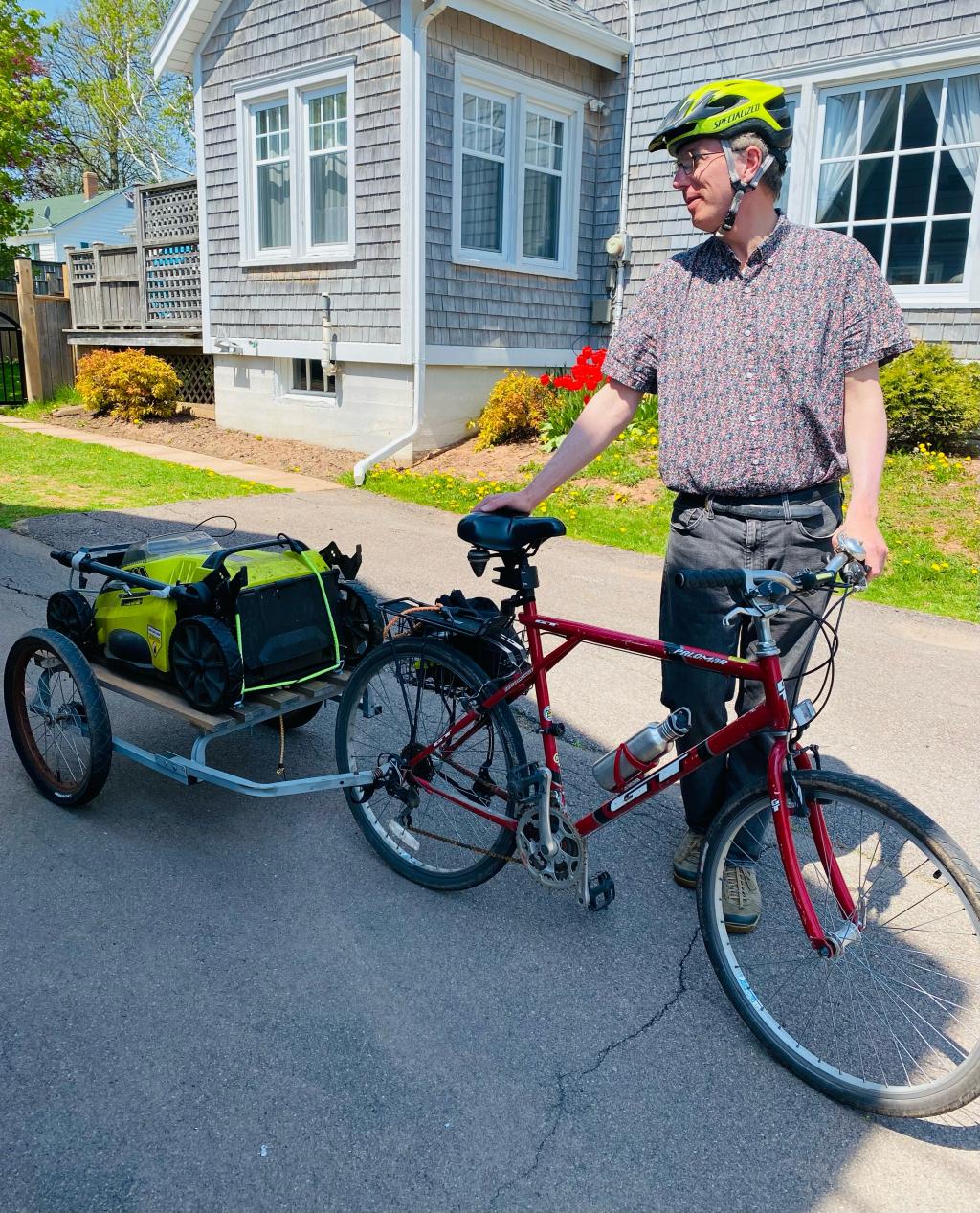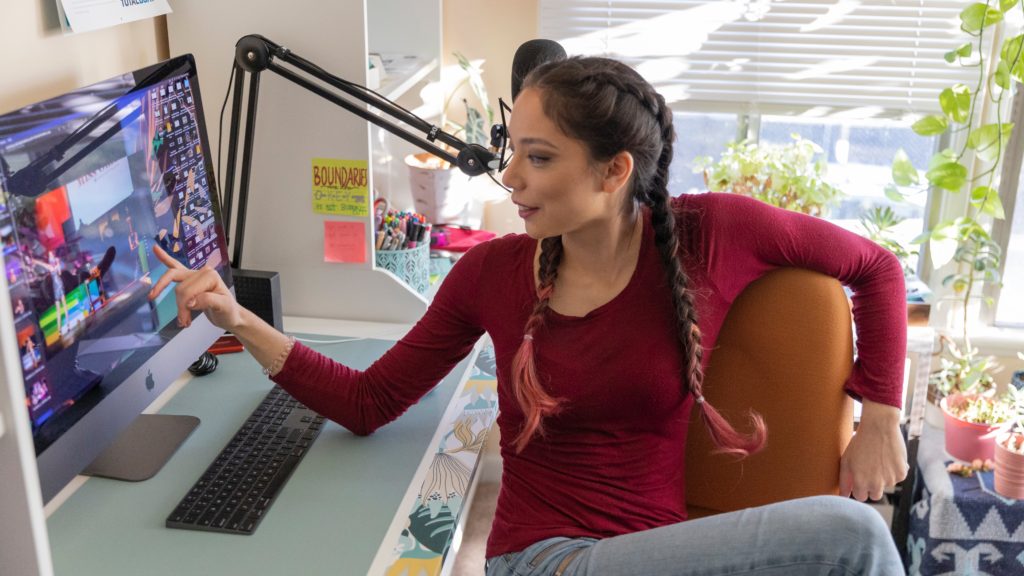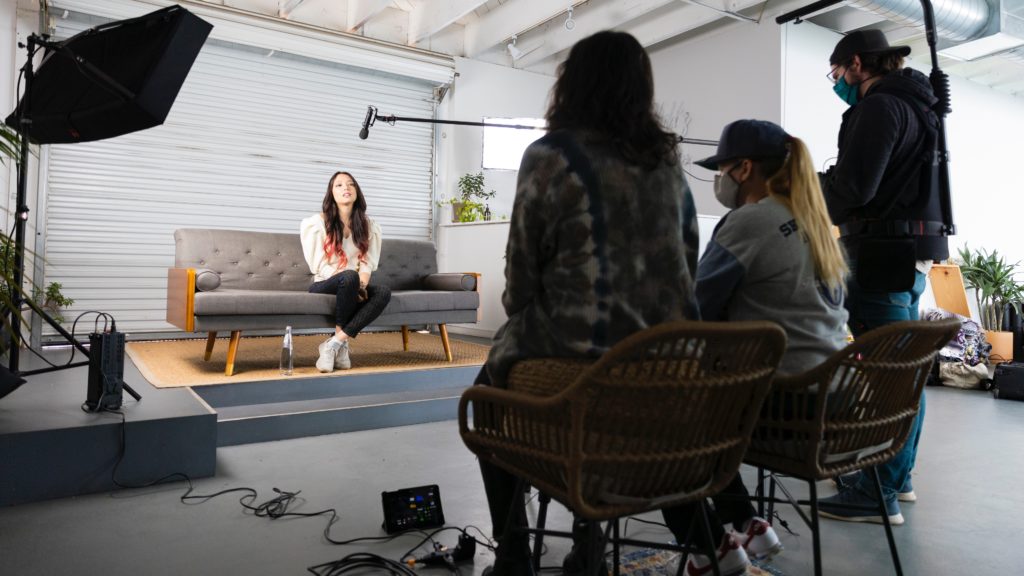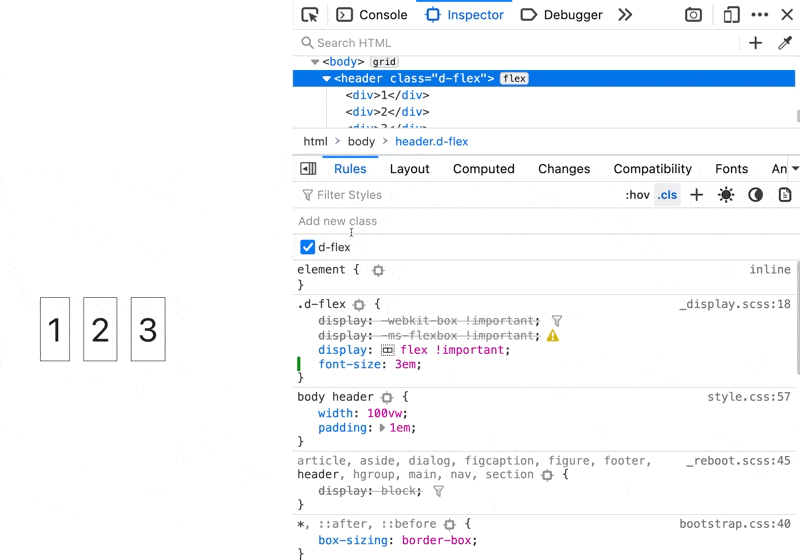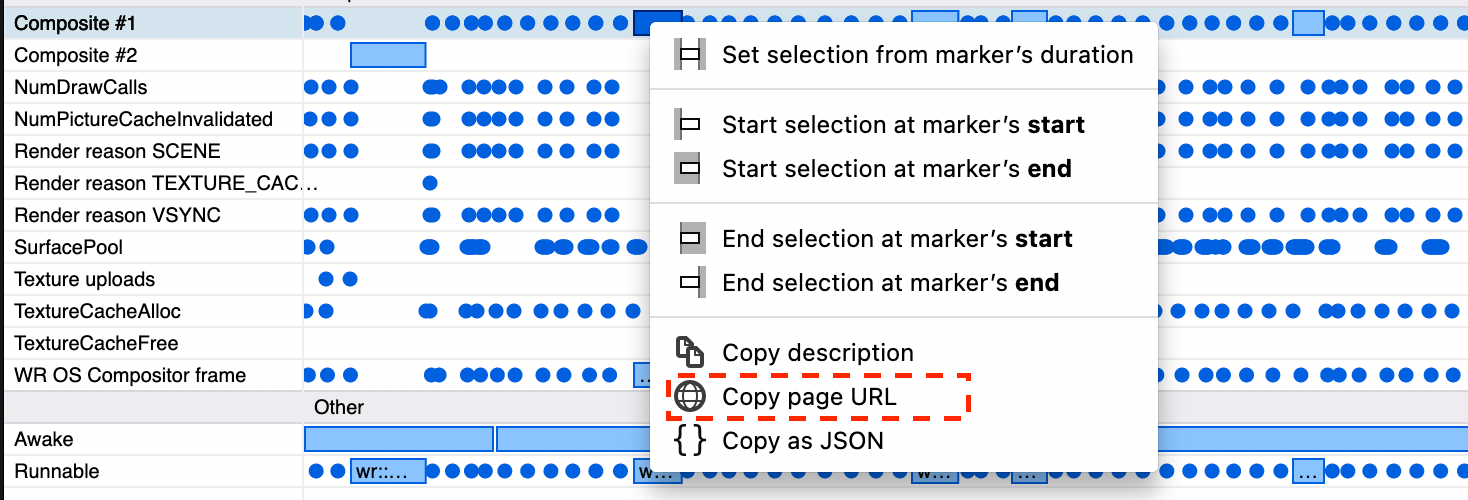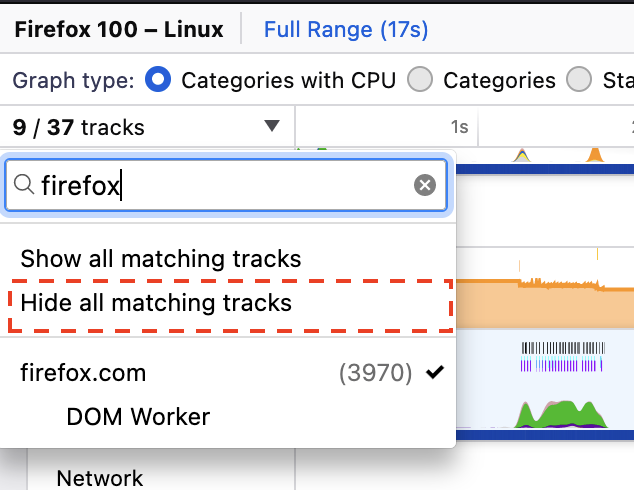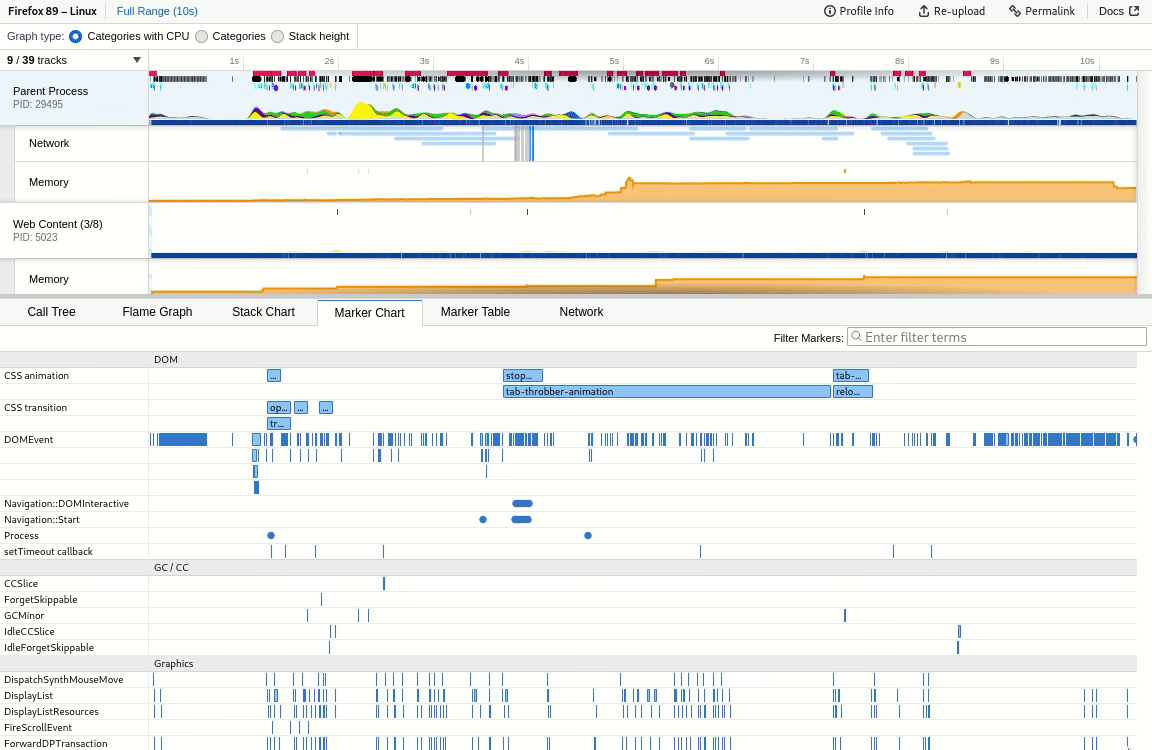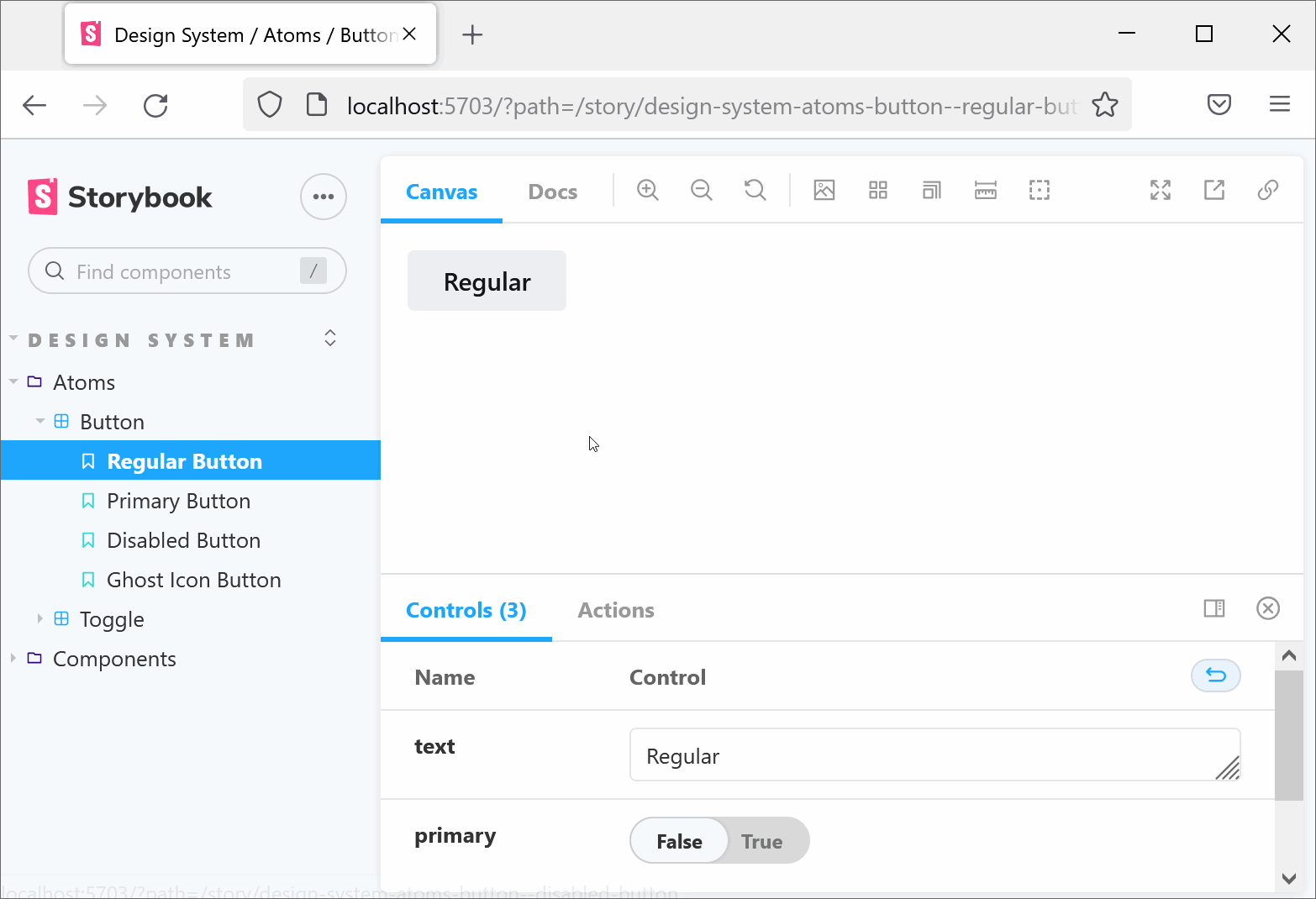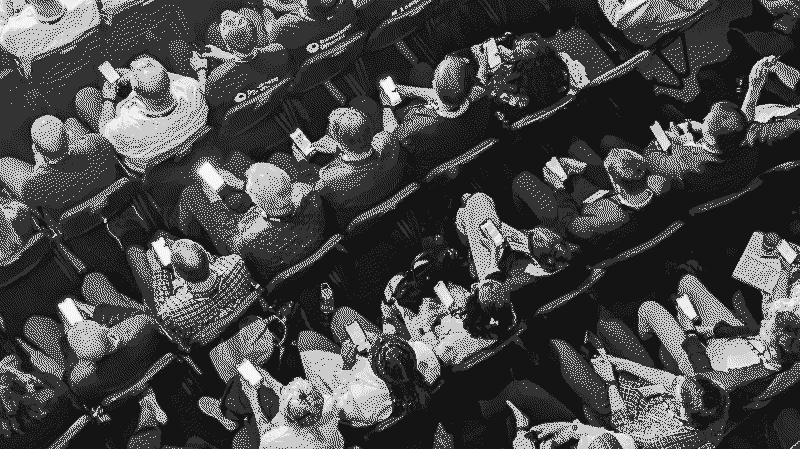Ayn Rand and the pandemic
Like many young people, I was a fan of Ayn Rand and her philosophy of Objectivism. I even attend several Objectivist conferences in college. Though I ended any formal association with her movement decades ago, and I’ve come to disagree with her about many things, I still consider her influence a net positive on my thinking.
First and foremost, I credit her with introducing me to the ideal of independent, critical thinking. Rand posits that there is an objective reality we can learn about through science and reason. She was a staunch atheist who rejected all forms of mysticism and groupthink. As she put it,
A is A. Facts are facts, independent of any consciousness. No amount of passionate wishing, desperate longing or hopeful pleading can alter the facts. Nor will ignoring or evading the facts erase them: the facts remain, immutable.
I agree, and this ethos clearly influenced my previous defense of skepticism. Things aren’t true just because we want them to be true, and I’ve written previously about the dangers of hopium and confirmation bias. Most of our pandemic woes are due to deniers who refuse to accept that A is A about an unthinking virus. The dangerous belief that its harms can wished away has been a core theme of my writing here.
Rand also believed that people have the absolute right to protection from physical aggression from any source. She vigorously defended abortion as a “moral right” and believed that people could do whatever they wanted with their bodies as long as their actions don’t directly impact anyone else. As the saying goes, your liberty to swing your fist ends just where my nose begins.
To this end, she had some interesting thoughts about vaccines and contagious diseases. There’s no question she would favor allowing private entities to establish whatever rules they wanted regarding vaccines. Indeed a recent Objectivist conference wisely required either proof of vaccination or a negative test prior to attendance. However, Rand was against the government forcibly vaccinating people, at least for a vaccine that perfectly prevented the disease. In this hypothetical scenario, no one’s choice would impact anyone else. She said,
Now, requiring inoculation against disease: should this be a job for the government? Most definitely not and there is a very simple answer for it. If it is medically proved that a certain inoculation is in fact practical and desirable, those who want it will take that inoculation. Now if some people do not see it that way—do not agree or don’t want to take it, only they will be in danger since all the other people will be inoculated. Those who do not go along, if they are wrong in this case, will merely catch the disease. They will not be a danger to anyone else and nobody has the right to force them to do anything for their own good against their own judgement. They will merely be ill then, but they could not infect others.”
Of course, no vaccine is perfect, and the idea that the unvaccinated pose no risk to the vaccinated is one of the oldest anti-vaccine tropes out there. In the real world, this issue is more complicated.
However, in another sense, this issue is actually quite simple. No one was “required” to get a vaccine this pandemic. Some people had to make some tough choices, but no one was strapped down and vaccinated by government goons. This only happens in the fevered imaginations of delusional anti-vaxxers, desperate to portray themselves as oppressed victims.
As far as I know, the government used force to vaccinate people only once in my lifetime, when several children were vaccinated against measles over 30 years ago. I’m confident Rand would have supported this action, as nine unvaccinated children had already died. She would have recognized that children aren’t property, and the government can intervene when their caretakers seriously jeopardize their health. As she put it, “a child is an individual, and has the rights inherent in the nature of a human individual.” Amen.
Rand also had interesting thoughts on non-pharmaceutical interventions. She said,
The next question in regard to quarantine is somewhat different, because in the state of, sense of a quarantine, if someone has a contagious disease, against which there is no inoculation, then the government will have the right to require quarantine. What is the principle here? It’s to protect those people who are not ill, to protect the people who, to prevent the people who are ill from passing on their illness to others. Here you are dealing with a demonstrable physical damage.
Remember that in all issues of protecting someone from physical damage, before a government can properly act, there has to be a scientific, objective demonstration of an actual physical danger. If it is demonstrated, then the government can act to protect those who are not yet ill from contacting the disease, in other words to quarantine the people who are ill is not an interference with their rights, it is merely preventing them from doing physical damage to others.”
Again, this seems eminently reasonable. The locked TB ward outside my office never bothered me, and I’ve never heard any Objectivist complain about it either, though of course this drastic measure would be unenforceable for a disease like COVID.
Beyond this, her novels championed creators who were often loathed not because they were incompetent or dishonest, but because they were brilliant, dedicated, and independent. Rand’s heros were people of action who created and discovered things that improved all of our lives. The Wikipedia entry on The Fountainhead describes its protagonist as “an intransigent young architect, who battles against conventional standards and refuses to compromise with an architectural establishment unwilling to accept innovation.” I think my distaste for doctors who spread dangerous medical myths and refuse to correct basic errors in their writing can be traced back to this intransigent young architect.
It’s hard to think of a better Randian hero this pandemic than Dr. Katalin Karikó, a scientist who toiled anonymously for years because she loved her job. “You are not going to work — you are going to have fun,” her husband would say to her. Though her work was ignored for years, she knew its value, and now the entire world knows as well. Her research led to the mRNA vaccines, and she has saved countless lives. One news report described her thusly.
By all accounts intense and single-minded, Dr. Karikó lives for “the bench” — the spot in the lab where she works. She cares little for fame. “The bench is there, the science is good,” she shrugged in a recent interview. “Who cares?”
This is exactly what a Randian hero would say and do, and heroic women were central to Rand’s novels.
In contrast, Rand’s villains created nothing and sought to destroy those with a spark of independence and greatness. One such villain stated his mission was to
Kill his capacity to recognise greatness or to achieve it. Great men can’t be ruled. We don’t want any great men. Don’t deny conception of greatness. Destroy it from within. The great is the rare, the difficult, the exceptional.
It’s harder to think of a better Randian villain this pandemic than someone who spreads disinformation about vaccines, knowing they will never have to deal with the consequences. These people can’t create or do anything themselves. Instead, they seek to undermine the work of scientists like Dr. Karikó in order to promote their own political and social agenda.
A Rand villain, jealous that his perceived genius is unappreciated by the masses, would seek to take down a widely-admired scientist by calling him the “number one anti-vaxxer”, for example. He would promote himself relentlessly in the media and have a preternatural sense of victimhood. He would be “mocked for claiming he carried papers giving him permission to go to work throughout the COVID-19 pandemic.” The removal of a YouTube video would enrage a Randian villain, and being called “fringe” would send him running to a TV camera to bemoan his sad fate.
In contrast, these insults would be a speck of dust to Dr. Karikó. “Who cares?” she’d say. She’d never consider herself a victim in a pandemic where one million Americans died. People like are her are too busy trying to stop the virus and save lives.
Objectivists and the pandemic
Given Rand’s devotion to rationality, her belief the government can take steps “to prevent the people who are ill from passing on their illness to others,” and her admiration for scientists, one might expect Objectivitists to express reasonable positions on the pandemic. I never expected them to be cheerleaders for lockdowns, though of course the lockdowns had no cheerleaders. However, I expected them to have a nuanced view of the subject during a time when nearly 1,000 New Yorkers were dying every day. At a bare minimum, I expected them to strongly encourage vaccination, including for children. After all, over 1,500 children have died of COVID, and the vaccine has proven to be very effective in preventing these dire outcomes. Vaccinating children is the rational thing to do. It’s not even a close call.
A is A, right?
Indeed some Objectivists have written very reasonable essays this pandemic, with one writer noting that “no one has the right to infect other people with a dangerous disease” and warning against “fake news, conspiracy theories, and the like.” He asked to give gratitude,
First and foremost, the doctors, nurses, and others in health care who are working overtime and at risk to deal with the rise in Covid-19 patients.”
I knew the author of that essay and I admired him a lot. This wise and compassionate essay aged incredibly well I think, which is very rare for early pandemic thoughts.
This aside, it sadly seems whenever a Rand acolyte discusses COVID, it’s mostly fake news, conspiracy theories, and the like. For example, consider the relationship between Objectivists and the Brownstone Institute, the successor to the Great Barrington Declaration (GBD). There is a strong alliance between Objectivists and those sheltered doctors who fetishize “natural immunity”, encourage unvaccinated young people to catch the virus, and both spread and legitimize rank anti-vaccine disinformation. These are the people who surveyed scenes of forklifts dumping dead bodies into refrigerated trucks in NYC and concluded that too many people were trying to avoid the virus.
Really.
Even as the virus shutters schools (including private ones), restaurants, flights, and performances, they continue to oppose any and all measures to control it. While Rand would have found it problematic that the virus disrupted businesses this way, they refuse to even acknowledge this sad reality. For some people, unwanted facts are unmentionable facts. They prefer a Fantasyland where it’s still 2020, and they can be heroes, demanding we end the lockdowns right now!
Unsurprisingly, the Brownstone Institute has also been a main driver of anti-vaccine disinformation this pandemic (here, here, here, here). There are doctors who treat facts as completely mutable by pretending the virus poses no real threat to young people, and you can find them at the Brownstone Institute. They are already spewing predictable garbage about vaccines, Bill Gates, Dr. Fauci, and monkeypox. It’s no surprise their work is positively received on the website run by anti-vaccine supercrank RFK Jr. They’re not really that different.
A is not A at the Brownstone Institute. The people who work there aren’t Howard Roarks.
Despite this, the founder of the Brownstone Institute has been welcome at The Atlas Society, an organization that purports to advance the ideas of Ayn Rand. The Atlas Society also published propaganda praising the pro-virus, anti-vaccine, fabulists behind the GBD and calling their critics “alarmist”. This article warned of “the political hysteria about the virus.” Hundreds of thousands of Americans have died since its publication, and COVID is a leading medical cause of death in young adults.
Like I said, A is not A.
Unlike Rand, the founder of the Brownstone Institute does not feel “the government can act to protect those who are not yet ill from contacting the disease.” In fact, he pays doctors who convinced politicians to purposefully infect unvaccinated children and young people, with devastating consequences for many of them. In one of his articles at the Atlas Society, he spread pure anti-vaccine balderdash while boldly anointing himself as a spokesman for healthcare workers- like me- who actually worked on COVID units. Fantasizing that he could speak on our behalf, he said,
They know that nothing beats acquired immunity via exposure. Especially with a coronavirus with a changing profile, a vaccine cannot compare. That is precisely what 100% of the studies have shown since that time. And yet here we have governments imposing the shot on people who took the risk, gained the immunities, and now refuse to take another and potentially more deadly risk from the vaccine that operates not like vaccines of old.
Had he actually spent any time with us, he would have known we did all we could to avoid acquired immunity via exposure. Too many healthcare workers suffered and died because they were unable to do so, including friends of mine. Of course, there is now evidence that viral-induced immunity is far from perfect and that vaccines can lower the reinfection rate in previously infected people.
Doctors saw what the virus could do, we read the studies on the vaccines, and most of us ran to get vaccinated as soon as we could. Nearly 100% of doctors are vaccinated against COVID, and one typical news headline from December 2020 captured our emotions by saying, “Healthcare Workers Cry Tears of Joy as Coronavirus Vaccinations Ramp Up: ‘It Feels Great'”. No healthcare worker cried tears of joy for acquired immunity via exposure, and only a complete ignoramus or liar would imply otherwise. Either way, A isn’t A.
We’ve spent the past year pleading with our patients to get vaccinated and caring for those who were misled into thinking that nothing beats acquired immunity via exposure. Some of these people begged for the vaccine after it was too late. I wonder what concrete steps the founder of the Brownstone Institute took to reap the benefits of acquired immunity via exposure before he was vaccinated. Whatever the answer, it’s clear we’re not exactly dealing with a Dr. Karikó here.
Objectivists versus Ayn Rand
So why is it that many Objectivists- though not all– simultaneously embraced disinformation and undermined heroic scientists whose brilliance saved lives? I’m not entirely sure. However, I suspect many of them aren’t motivated by ideas and values as much as a desire to be contrarian. For some people, like my teenage son, nothing matters more than feeling different and special. Being a “free-thinker” means nothing more than doing the opposite of whatever “they” suggest.
If desperate public health officials use restrictions as a last resort, they will reflexively oppose those measures, even though Rand justified them, the morgues were literally overflowing with bodies down the street from where she lived, and there’s solid evidence they saved lives. If doctors tell young people to get vaccinated, they will reflexively oppose vaccination, even though many unvaccinated children have died of COVID. And on it goes.
It’s possible that Rand would have been a crank this pandemic. Many people I admired surprised me by rejecting the notion that A is A. “It’s just the flu and it’s all going away,” they said since day #1. So what follows may be wishful thinking.
But I’d like to believe that if Rand were here today, she’d recognize A is A. Her first mission would be to write a lengthy tribute to Dr. Karikó. Since they no longer seem to admire women like Dr. Karikó, no Objectivist has done this as far as I know. In fact, many have worked to undermine the fruits of her research. Rand would of course be horrified to learn that a virus killed a million Americans, many thousands of them after a vaccine was available. The worst thing she imagined was a power outage in NYC.
She would have deplored the abuse of healthcare workers at the hands of people who were tricked– by articles on the Atlas Society- into thinking that the virus was only dangerous for old, sick people in nursing homes. An expert on violence against healthcare workers recognized that “violence is one of the repercussions.” of those who “downplayed the seriousness” of the virus.
Rand would also understand that this COVID denialism is a major reason why so many healthcare workers are leaving the field right now. As one nurse said,
We want to be rooting for our patients. But anyone I know who’s working in COVID has zero compassion remaining, especially for people who chose not to get the vaccine.”
Rand would have agreed with Dr. Sheetal Rao when she said “Physicians are some of the most resilient people out there. When this group of people starts leaving en masse, something is very wrong.” After all, resilient people leaving their jobs after being attacked for their virtues is the central theme of Atlas Shrugged, the novel she considered her masterpiece. Though he’s not a major character, a doctor was one of the heroes in that book. Rand clearly had a great respect the profession.
Today, healthcare workers are shrugging due to the consequences of disinformation spread by Objectivists. That’s ironic.
I’m confident that Rand would be mortified to learn her name was associated with prevaricators who spread fake numbers to minimize a deadly virus and discourage parents from vaccinating their children. She would have abhorred anyone who trashed the genius of Dr. Karikó in favor of a virus by saying “nothing beats acquired immunity via exposure”. You see, there’s no consistency with these Objectivists. It’s just malignant contrarianism and groupthink from a collective of talkers who’ve spent the past two years safe behind laptops and in front of cameras. Their disinformation ensured that doctors, who actually worked this pandemic, had a steady supply of gravely ill patients, many of whom who rewarded their knowledge and skill with hate and violence.
Ayn Rand would have seen right through these people.
And though she helped me do the same, I’m glad I left that hive mind a long time ago.
Author
-
Dr. Jonathan Howard is a neurologist and psychiatrist based in New York City who has been interested in vaccines since long before COVID-19.
View all posts

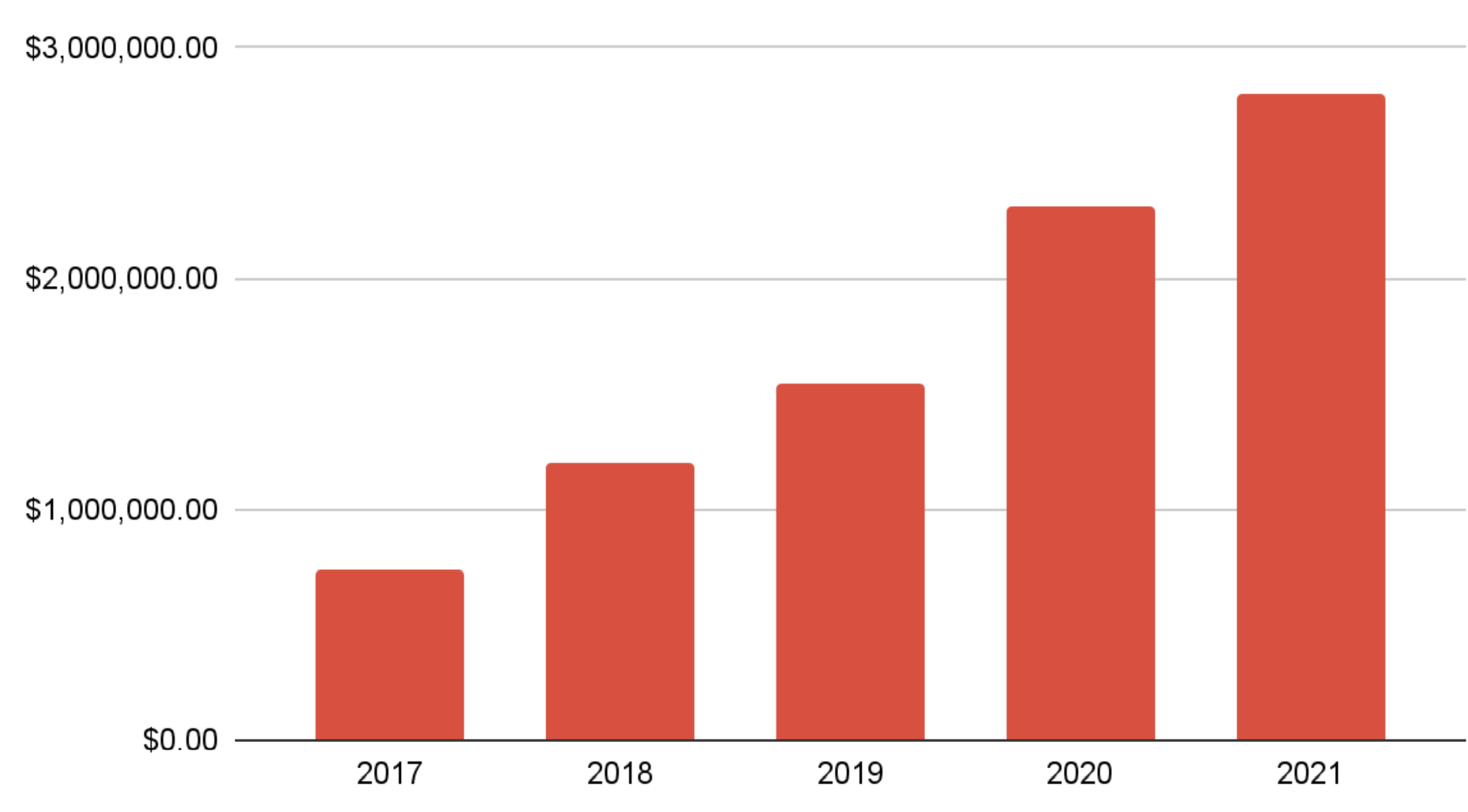
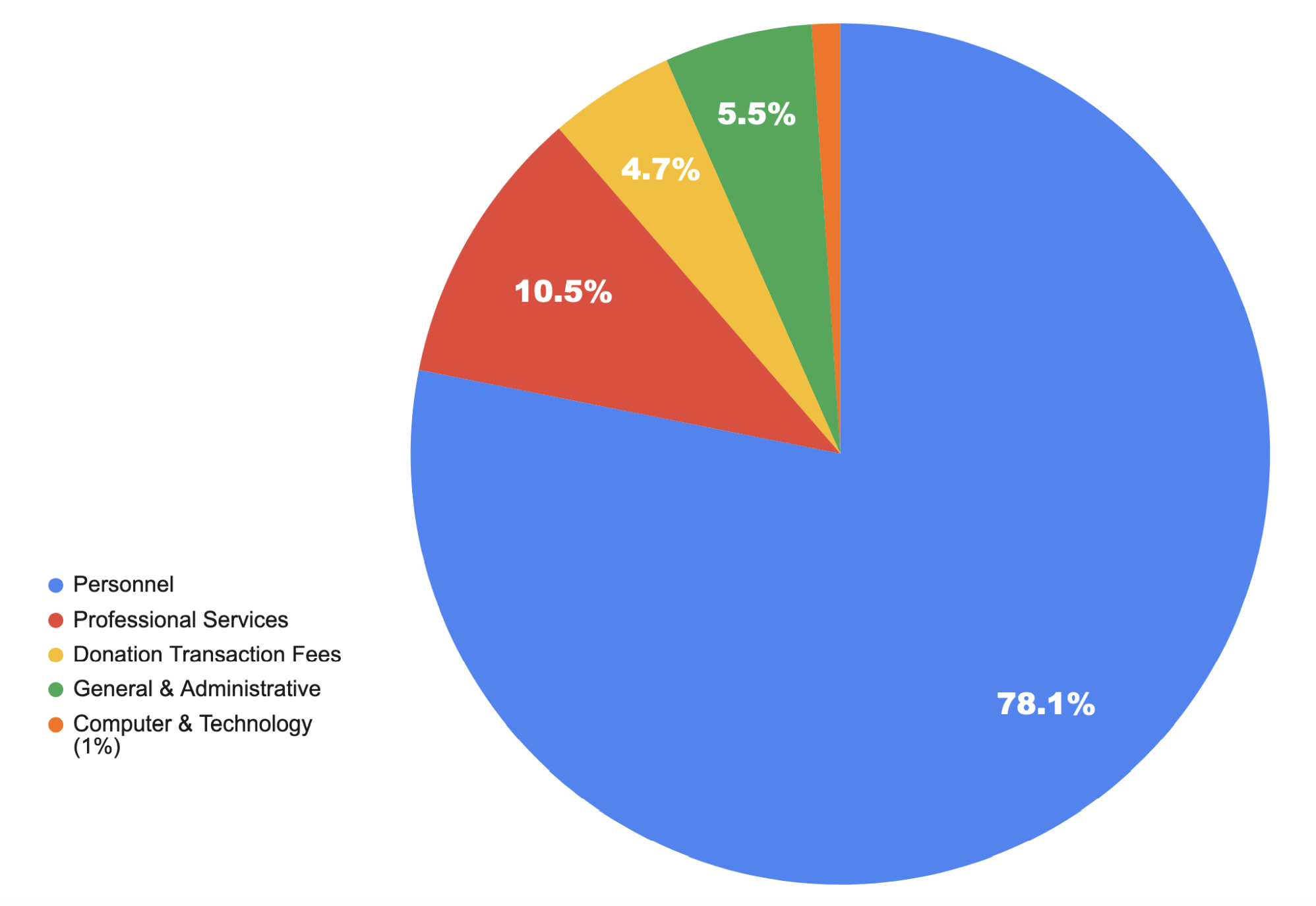


 , to reduce the complexity,
, to reduce the complexity,  , of a software system?
, of a software system? features is:
features is:
 is the system complexity when feature
is the system complexity when feature  is added, and
is added, and  is the cost of adding this feature if no complexity is present.
is the cost of adding this feature if no complexity is present. ,
,  , …
, … 
 is the base complexity before adding any new features.
is the base complexity before adding any new features. (with
(with  ) to
) to  , where
, where  is the reduction in the complexity achieved. The minimum condition for this investment to be worthwhile is that:
is the reduction in the complexity achieved. The minimum condition for this investment to be worthwhile is that: or
or 
 is the total cost of adding new features to the source code after the investment, and
is the total cost of adding new features to the source code after the investment, and  is the total cost of adding the same new features to the source code as it existed immediately prior to the investment.
is the total cost of adding the same new features to the source code as it existed immediately prior to the investment. , we have:
, we have:




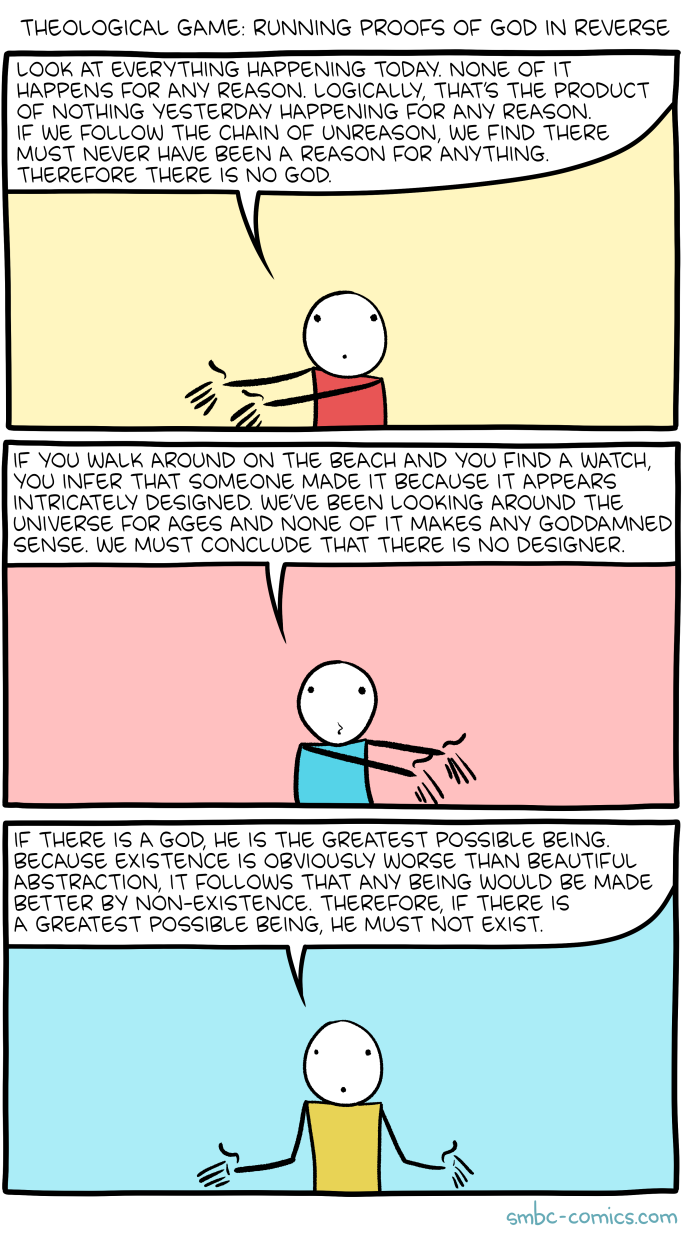
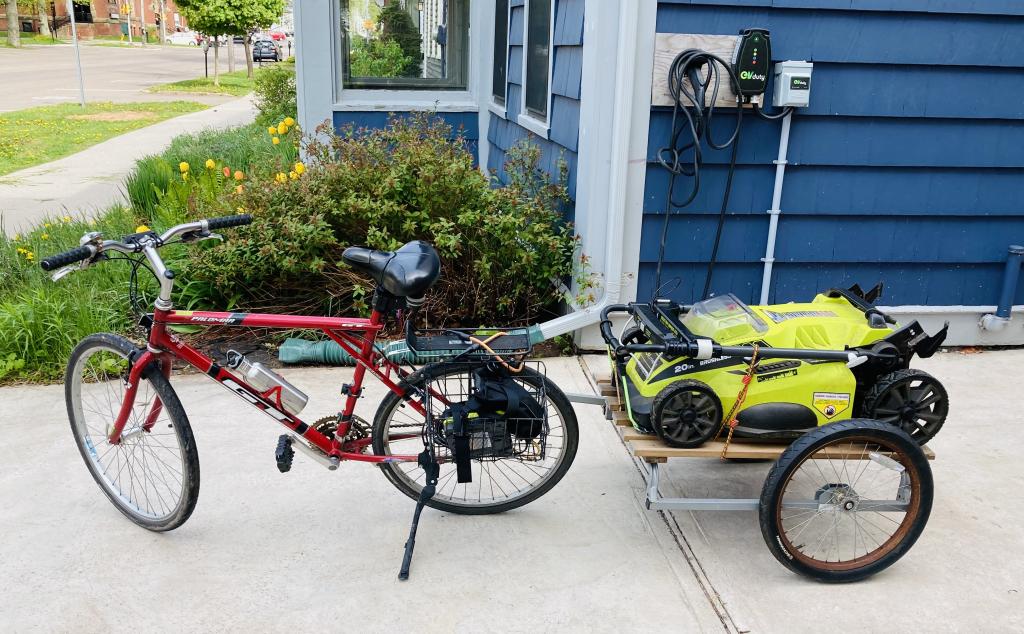 ,
, 